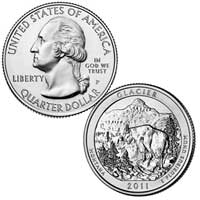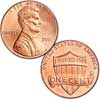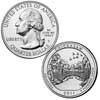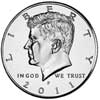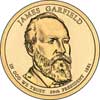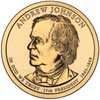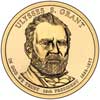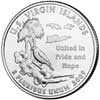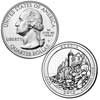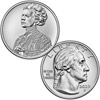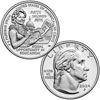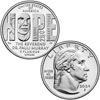Spectacular scenery fills over a million acres of Glacier National Park nestled in the Rocky Mountains of northwest Montana. Thousands of years ago, huge glaciers filled the valleys with ice, and as they melted, they carved out the majestic mountains seen today. Now, only a few glaciers are left and still actively shrinking.
During the early American West, European explorers and trappers found their way to the area. By then, it was home to Blackfeet, Salish, and Kootenai Indians. In 1891, the Great Northern Railway cut a path through the pristine forest to build a railroad and great lodges for visitors. Some Indians could be found at the lodges dancing and entertaining guests.
Early conservationists who visited the glaciers in the 1890s were impressed with the beauty and began asking for congressional help to preserve the area. The first success came as the inclusion of the glacier region in the Lewis and Clark Forest Reserve, in 1897. A few years later, a descriptive essay titled, "The Crown of the Continent," by a well known conservationist of the time, George Bird Grinnell, further publicized the area. In 1910, President Taft signed the bill establishing the region as Glacier National Park.
The glacier region extends beyond the US and Canadian border. On the Canadian side, it is called Waterton Lakes National Park. In 1932, the two parks were united as the Waterton-Glacier International Peace Park. The two parks have also been declared Biosphere Reserves and a World Heritage Site.
Today, two million people visit the park each year. The park remains open year round, but some visitor facilities close for the winter season. All facilities are generally open from May through September.
Entrance fees vary based on length of stay, time of year, and method of entrance – like traveling on foot or by vehicle. The park boasts over 700 miles of trails for hiking, and for vehicles, one of the best known roads is the Going-to-the-Sun Road. It spans 50 miles through the heart of the park, following the shores of the two largest lakes in the park, and winds around mountainsides.
Since weather in mountains can produce a variety of weather conditions, the park advises visitors to dress in layers. In the summer, the valley temperatures can exceed 90 degrees F, and 10 to 15 degrees cooler at higher elevations. Overnight lows can drop near 20 degrees, and it may snow anytime, especially above the tree line.
Lake McDonald, the largest lake in the park, is 10 miles long and 472 feet deep.
The quarter's reverse (tails side) image depicts a classic view of the northeast slope of Mount Reynolds towering in the distance, while a mountain goat clamors over the rocky slopes of the park's high country. Inscriptions are GLACIER, MONTANA, 2011 and E PLURIBUS UNUM. Design candidates were developed in consultation with representatives of Glacier National Park. Each coin in the series features a common obverse (heads) with the 1932 portrait of George Washington by John Flanagan, restored to bring out subtle details and the beauty of the original model. Inscriptions are UNITED STATES OF AMERICA, LIBERTY, IN GOD WE TRUST and QUARTER DOLLAR.
Mintage:
| Philadelphia | Denver | Clad Proof | Silver Proof |
| 30,400,000 | 31,200,000 | 1,268,452 | 722,076 |
